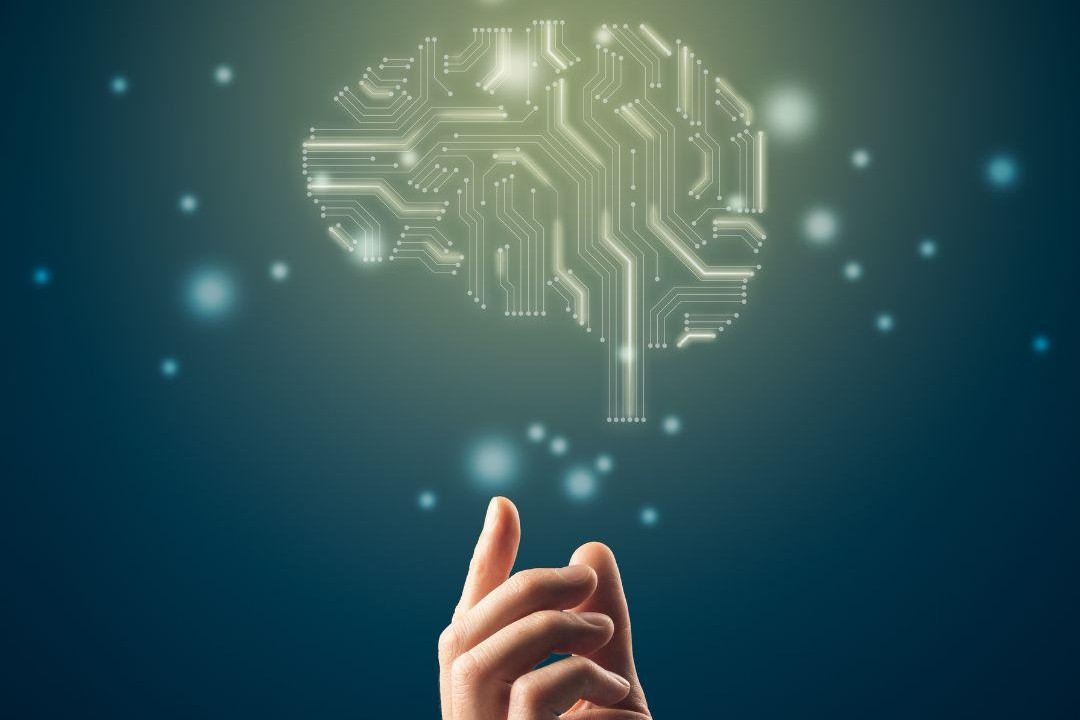Retrieval-Augmented Generation: Engineering a Smarter AI Future

The rapid advancements in Artificial Intelligence (AI) are reshaping industries, with emerging technologies like Retrieval-Augmented Generation (RAG) offering new possibilities for engineers and technologists. By combining real-time data retrieval with generative AI models, RAG empowers engineers with tools that enhance accuracy, improve efficiency, and foster innovation in tackling complex challenges across diverse fields.
In this blog, we’ll explore Retrieval-Augumented Generation (RAG) and its transformative impact on the engineering sector, its applications, benefits, and how it can drive progress in industries reliant on cutting-edge solutions.
What is Retrieval-Augmented Generation (RAG)?
At its essence, Retrieval-Augmented Generation (RAG) fuses two AI processes:
- Information Retrieval – The systems extract relevant, up-to-date data from vast data repositories, such as technical manuals, research papers, schematics, IoT data streams, or engineering schematics.
- Generative AI - The AI model leverages the retrieved data to generate meaningful, context-specific outputs — ranging from design suggestions to technical reports or predictive maintenance advice.
Retrieval-Augmented Generation (RAG) mitigates these issues by continuously accessing up-to-date, real-world data. This ensures that the solutions generated by AI are grounded in the latest engineering standards, research, and operational data, making RAG an invaluable tool for engineers working in complex, rapidly changing environments.
How Does Retrieval-Augmented Generation (RAG) Work?
A typical RAG system for engineering tasks follows a multi-step process:
- Data Retrieval: The system retrieves relevant information from external sources like databases, IoT sensors, CAD files, or maintenance logs. The data can range from design specifications to operational data from equipment.
- Contextual Integration: The retrieved data is processed and integrated into a structured format to provide context for the AI model. This ensures that the data is accurate, relevant, and usable.
- AI Generation: Based on the retrieved context, the system generates outputs such as engineering reports, design modifications, simulations, or operational recommendations.
For example, in an AI-powered chatbot, a RAG model could enhance the chatbot’s ability to fetch specific, contextually relevant information from an external knowledge base resulting in more accurate and detailed responses to user queries.
Why is RAG Critical for Engineering?
Engineering disciplines are inherently data-intensive, requiring precise, context-driven solutions to complex problems. However, traditional AI models, while versatile, often struggle with:
- Static Knowledge: Their training data may become outdated, particularly in fast-moving fields like electronics, automotive design, or materials science.
- Generative Errors: Without real-time access to external data, AI models may generate outputs that lack accuracy or reliability, resulting in incorrect calculations or unsafe design recommendations.
- Hallucinations: AI systems sometimes "hallucinate"—producing seemingly plausible but incorrect content, often due to outdated or incomplete training data.
RAG addresses these limitations by dynamically accessing up-to-date information. This ensures solutions are grounded in the latest research, industry standards, or operational data, making RAG a vital tool for engineers operating in complex and evolving ecosystems.
Applications of RAG in Engineering
- Product Design and Optimisation
Engineers can use RAG to retrieve technical specifications, historical performance data, and customer feedback to refine product designs. For instance, aerospace engineering can enhance aerodynamics by synthesising results from wind tunnel tests and computational simulations. - Predictive Maintenance
By integrating IoT sensor data with maintenance logs, RAG helps anticipate and prevent equipment failures in industries like manufacturing and energy. - Simulations and Prototyping
Engineering simulations require accurate input data to ensure reliability. RAG can pull data from multiple sources—such as materials databases or environmental conditions—feeding simulation software with context-rich inputs for better results. - Engineering Documentation
RAG automates the generation of up-to-date compliance reports, user manuals, and technical guides tailored to specific systems. - Environmental Impact Analysis
In renewable energy and urban development, RAG synthesises environmental data to design sustainable systems, such as optimising solar panel placements based on regional weather patterns.
Challenges and Solutions
While RAG’s potential is immense, implementing it in engineering environments comes with challenges:
- Data Quality: Inaccurate or outdated inputs can compromise results. Rigorous data validation processes are essential.
- Computational Demand: The retrieval and synthesis processes can be resource-intensive, particularly for complex engineering projects. Optimising retrieval algorithms and leveraging cloud computing infrastructure can help with performance bottlenecks.
- Integration with Legacy Systems: Many engineering firms rely on outdated tools. Building adaptable APIs and middleware ensures smooth data exchange.
- Multimodal data: Complex engineering data, like graphs or schematics, can challenge RAG systems. Advanced multimodal LLMs can better interpret these datasets.
- Licensing concerns: Data access often comes with Intellectual property, licensing, and privacy and security issues that need to be considered throughout the design of a RAG system.
The Future of RAG in Engineering
As Retrieval-Augmented Generation technology evolves, its applications in engineering are set to expand:
- Real-Time Assistance
RAG could power augmented reality (AR) tools, offering engineers real-time guidance during fieldwork or assembly tasks by overlaying instructions retrieved from technical documentation. - Improved Collaboration
Cross-disciplinary teams can leverage RAG systems to integrate insights from mechanical, electrical, and software engineering into cohesive solutions. - Accelerated R&D
RAG simplifies the retrieval and synthesis of vast research data, enabling engineers to focus on experimentation. - Improved Safety Protocols
By analysing past incidents and integrating regulatory updates, RAG could assist in designing safer systems and processes across industries like oil and gas, aviation, and construction.
Conclusion
Retrieval-Augmented Generation represents a transformative leap for engineering professionals. By combining generative creativity with precise, data-driven retrieval, it offers powerful tools for innovation, efficiency, and problem-solving. Whether it’s optimising product designs, preventing downtime, or ensuring regulatory compliance, RAG’s potential to improve engineering outcomes is vast.
At Redline Group, we’re passionate about connecting engineering talent with cutting-edge opportunities. We change lives everyday, building world-class teams for technology companies. Reach out to us on 01582 450054 or email info@RedlineGroup.com to upgrade your team.

